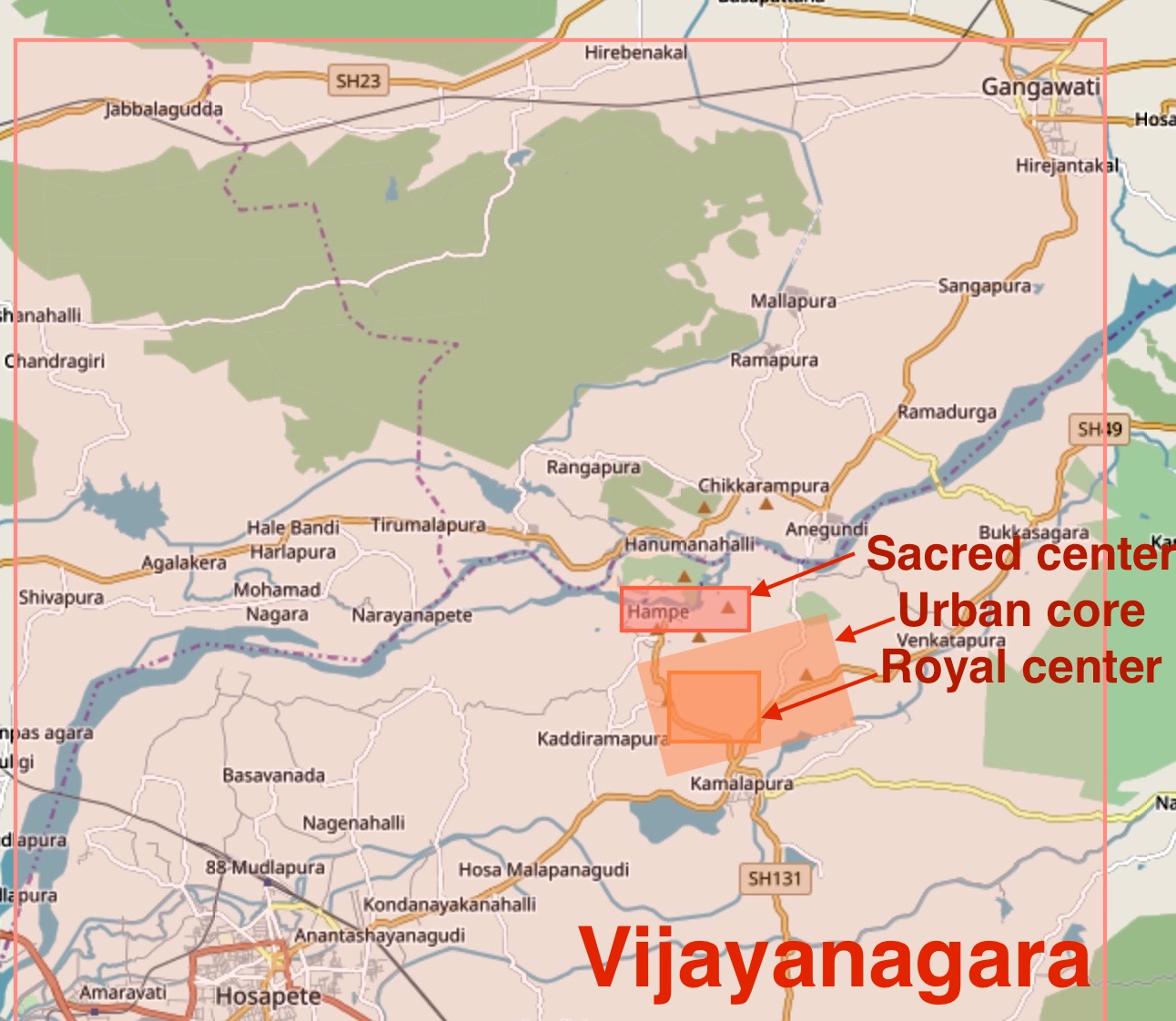The Elephant Stables in Hampi stand as an extraordinary testament to the architectural and cultural brilliance of the Vijayanagara Empire. These remarkable structures, nestled just outside the Zenana Enclosure, represent far more than mere animal housing—they symbolize a sophisticated civilization's approach to power, ceremony, and design.
Located in the heart of Karnataka, these stables were integral to an empire that dominated South Indian landscapes from the 14th to 17th centuries. Elephants were not simply transport or military assets but living embodiments of royal prestige. The structure's design reflects this reverence, with eleven meticulously crafted chambers that could comfortably house these majestic creatures, each chamber telling a silent story of imperial grandeur.
The architectural marvel represents a stunning fusion of Indo-Islamic design principles. Brick and mortar merge seamlessly with Islamic-style domes and temple-inspired Shikhara elements, creating a visual narrative of cultural synthesis. The central chamber, potentially used for musical performances during royal ceremonies, exemplifies this architectural dialogue—a physical manifestation of the empire's cosmopolitan ethos.
Military might and cultural sophistication intertwined in these stables. At the empire's peak, over 900 war elephants supported military campaigns, transforming these structures from mere shelters into strategic military infrastructure. Foreign travelers like Abdul Razak documented the empire's intricate elephant breeding and maintenance programs, providing glimpses into a complex socio-political ecosystem.
The Battle of Talikota in 1565 marked a catastrophic turning point. This devastating conflict effectively terminated the Vijayanagara Empire's supremacy, leaving Hampi and its magnificent structures, including the Elephant Stables, abandoned and progressively consumed by time. The ruins became silent witnesses to a civilization's dramatic transformation, preserving architectural memories of past glories.
King Deva Raya II, a notable ruler passionate about elephants, likely influenced the stables' construction during the 15th century. His reign represented a period of cultural refinement where elephants transcended practical utility, becoming symbols of wealth, power, and ceremonial grandeur. The parade ground before the stables would have witnessed magnificent processions highlighting the empire's organizational sophistication.
Archaeological evidence and architectural details reveal layers of human stories beyond grand narratives. The laborers, artisans, and mahouts who constructed and maintained these structures remain largely unnamed, yet their craftsmanship speaks volumes. Each carved stone, each precisely designed chamber represents collective human creativity, bridging personal skill with imperial vision.
Today, the Elephant Stables are carefully preserved by the Archaeological Survey of India, transformed from royal infrastructure to a critical historical artifact. Visitors from around the world can explore these chambers, imagining the elephants that once occupied them and the complex society that created such magnificent spaces. The stables continue to educate, inspire, and connect contemporary audiences with a rich, multilayered historical legacy.







